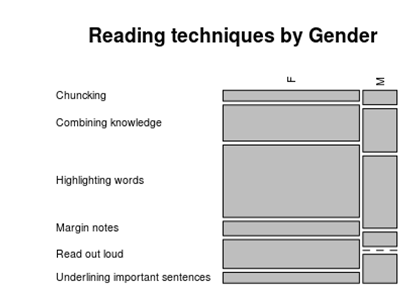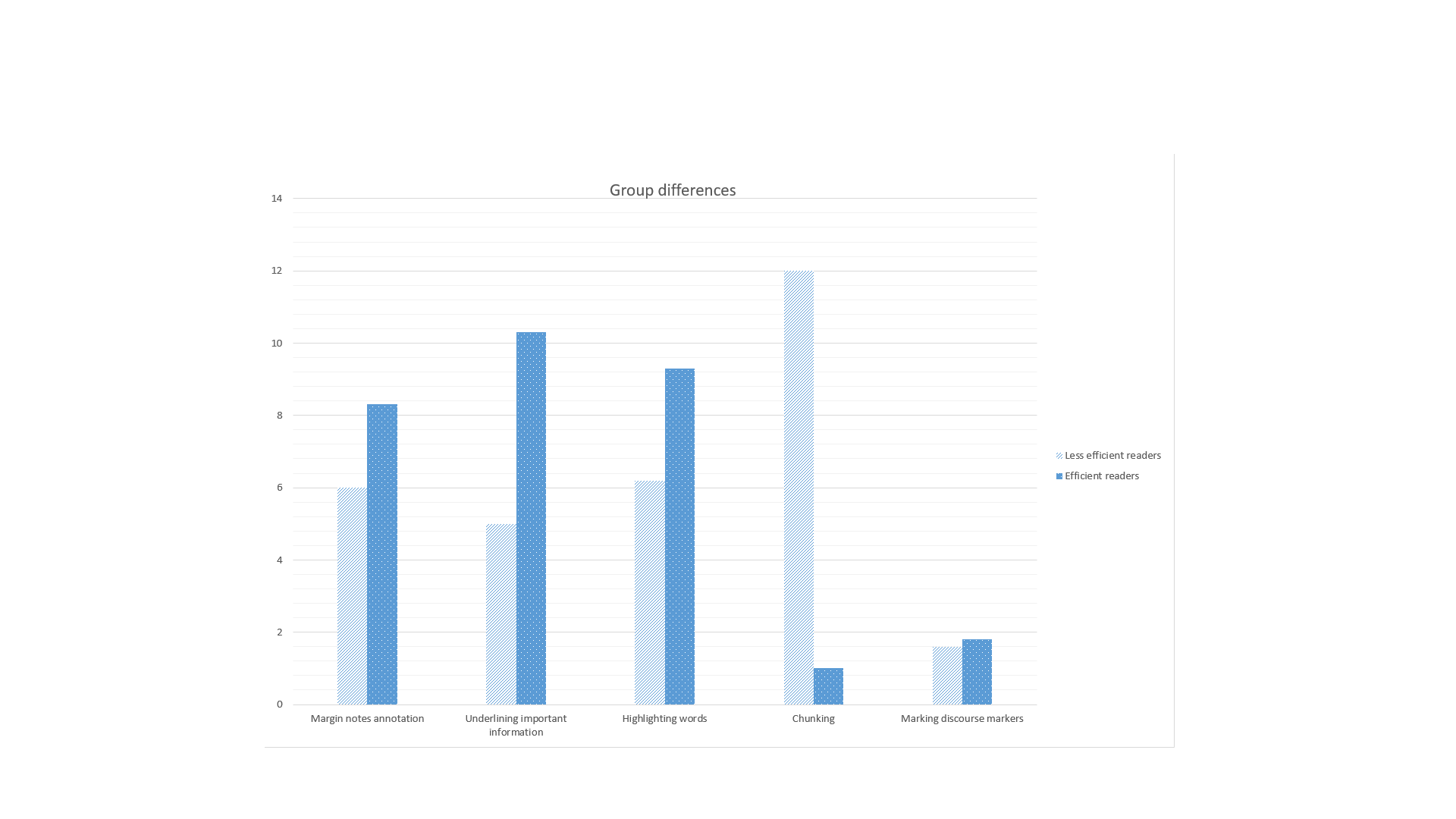Metacognition of reading
Definition of Metacognition
First of all, what is metacognition?
- To put it in a simple way it means « thinking about thinking » (Anderson, 2002)
- According to Byrd, Carter, and Waddoups (2001), it is self-awareness of mental process.
So, it refers to both the knowledge and the control over your own thinking and learning, an awareness and understanding of one’s own thought processes
According to some studies there are four variables in the metacognition of reading: (Brown Campione and Day,1981/ Flavell and Wellman,1977)
The text – features of the material that has to be learned (difficulty,familiarity,interest..etc)
The task – the act of memorizing by the reader.
The strategies- which we will discuss later on.
The learner's characteristics- ability,motivation
The metacognitive strategies of learning/reading involve processes such as:
Planning: assessing knowledge before reading : What don’t I know? What do I need from this text ?
Monitoring: literal reading isn’t enough, connections have to be made in between prior knowledge and the read text: Do I understand what I just read ? We thereby determine whether that new information is relevant or not
Summarizing/Evaluating: Is what I am doing working?
Reading strategies
We can differentiate various reading strategies: (Pressley & Afflerbach-1995)
- overview before reading (chuncking/pre-segmenting the reading time)
- look for important information and pay greater attention to it (highlighting words)
- relate important points to one another
- activate and use prior knowledge(combining knowledge)
- change strategies when understanding is not good (read out loud...)
- monitor understanding and take action to correct inaccuracies in comprehension.(margin notes)
Studies show that unsuccessful students lack this strategic approach to reading (Garcia, Jimenez, & Pearson, 1998).
It was also found that dyslexic readers (poor text comprehension and spelling abilities) frequently use metacognitive strategies as a compensation to try and understand the text better (Kirby et al.2008).
Those reading techniques can be studied statistically:
For this, we took a population of 60 individuals (48 women; 12 men), all second year veterinary students. This ratio of 80%/20% can be considered representative of the class (which is our 'population' here).
Throughout a poll, we collected data concerning the main reading techniques. The frequency proportions of reading techniques (in each gender) are displayed in the following Mosaicplot:

Chunking (or dividing): a sentence is put into phrases by slashes
Combining notes: making/gathering notes from different sources (books, internet, former students’ notes…)
Margin notes: annotations within the margin, arrow pointing at some specific parts of the text…
We can observe that the distributions (of frequencies here) are similar in between women and men, even though no male individual of the study chose "Read out loud" as a main reading technique.
We can now realise a Fisher test in order to verify if there is a link in between sexe and adopted reading techniques:
The p-value in a Fisher test is based on the null hypothesis of independence of reading technique and gender. Here, our p-value is 0.5602. Since p>0.05, we cannot rightfully reject this null hypothesis, i.e: we cannot prove that there is (or not) an influence of the gender on the reading technique.
We could also study the correlation in between the chosen reading techniques and the results obtained at examinations:
The qualitative studies of Midori SHIKANO is based of 44 Japanese L2 learners at the university level.
We can differentiate:
15 participants who scored 1/3 in a summary quiz: so-called "less efficient readers"
10 participants who scored 3/3 in the same quiz: so-called "efficient readers"


